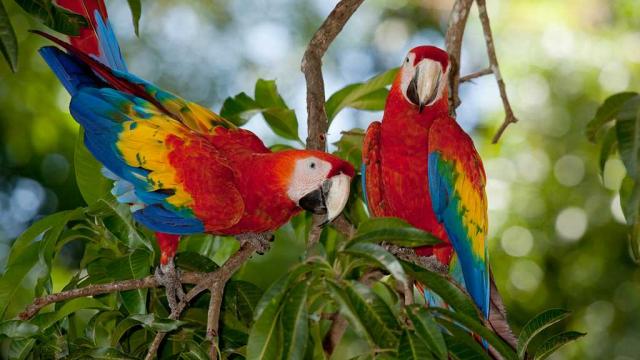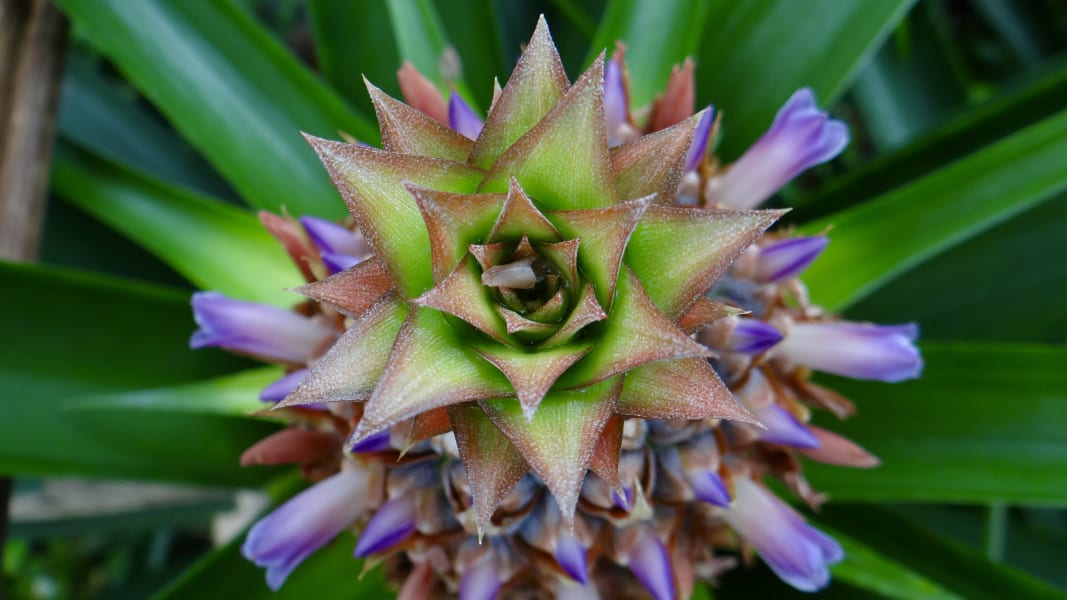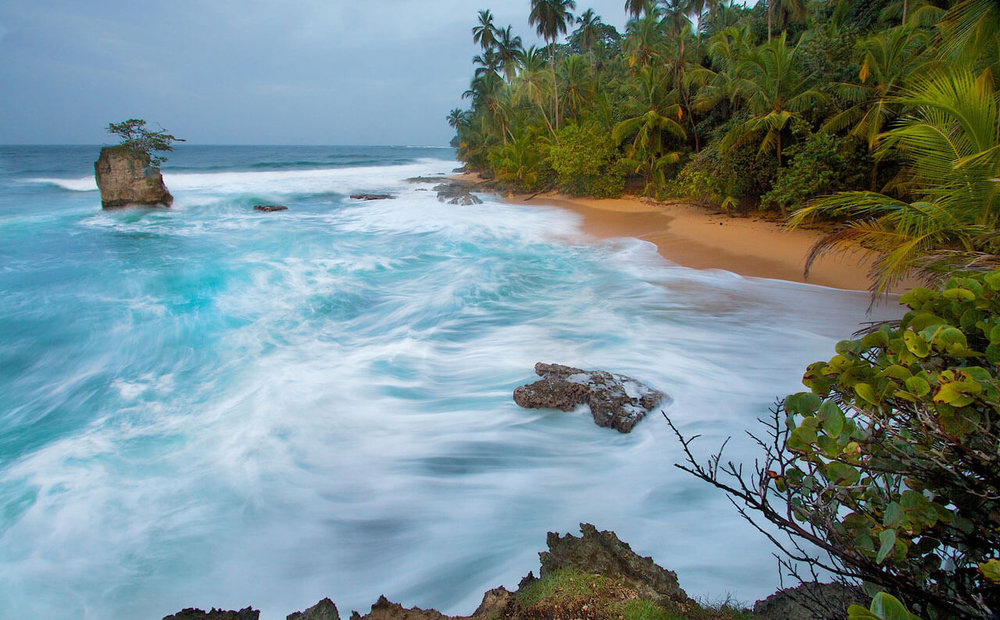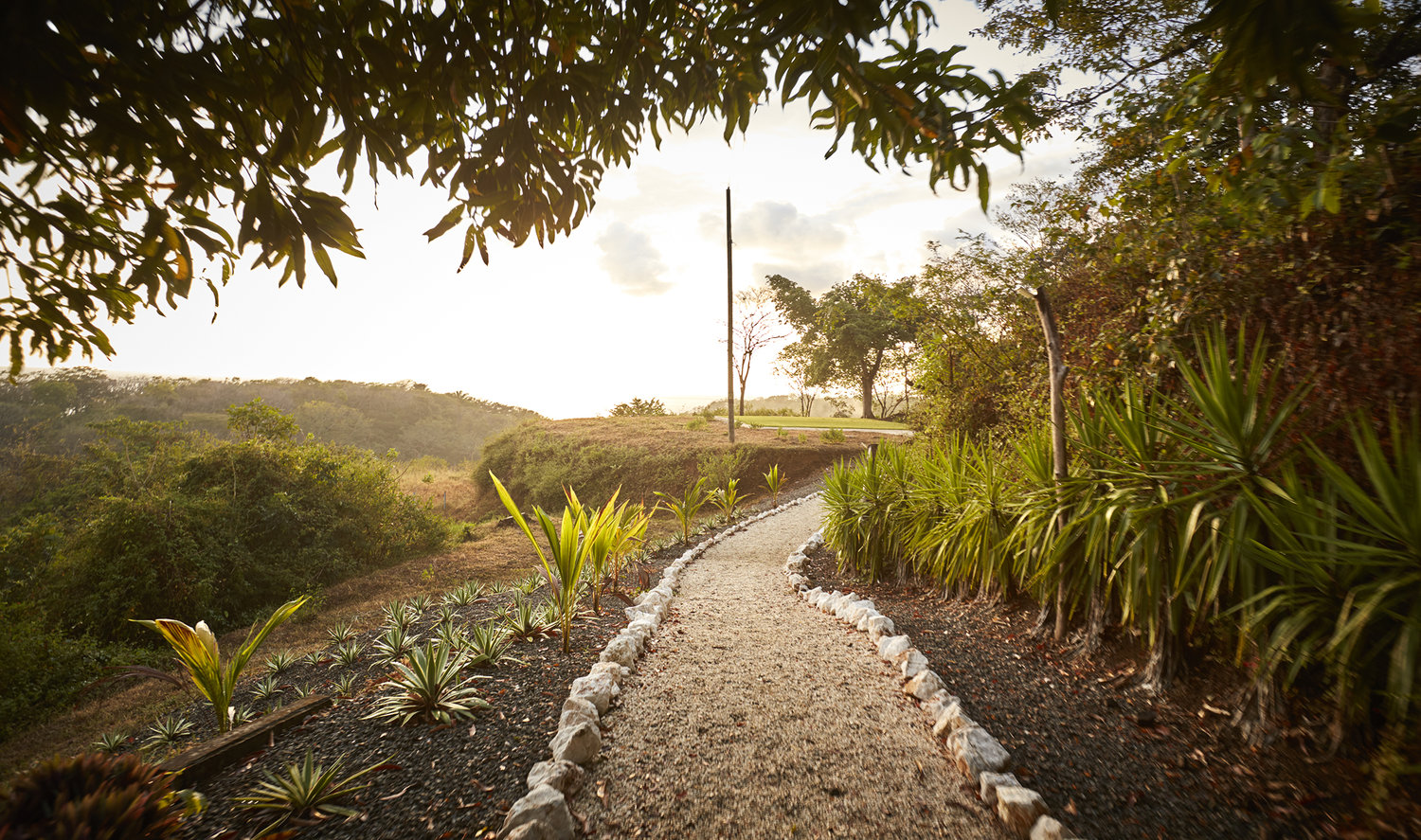
This is the eleventh installment in a series about extending the Green New Deal to confront multiple global crises. Read Part I, Part II, Part III, Part IV, Part V, Part VI, Part VII, Part VIII, Part IX and Part X.
“The health of ecosystems on which we and all other species depend is deteriorating more rapidly than ever,” warned Sir Robert Watson, chair of the Intergovernmental Science-Policy Platform on Biodiversity and Ecosystem Services, following the publication of the group’s landmark 2019 report on the state of nature.
“We are eroding the very foundations of our economies, livelihoods, food security, health and quality of life worldwide,” Watson said. According to the IPBES report, unless humans go through “transformative change,” the planet will no longer support life as we know it.
The IPBES is for nature what the Intergovernmental Panel on Climate Change is for climate. Its purpose is to provide guidance to the international community. In its view, the climate catastrophe is intertwined with ecosystems destruction, for instance, the oil industry decimates ecosystems while deforestation increases carbon.
For over a year, the pandemic has shown clearly just how connected and interdependent we all are. In September 2020, the IPBES made clear how pandemics are yet another symptom of our planetary crisis.
Fortunately, there are alternatives to the sixth mass extinction. Rewilding is as essential as keeping fossil fuels underground. To stop the ecological crisis we cannot simply stop pollution; ecosystems need to be allowed to reflourish. They can do this themselves or nature can be given a helping hand, with the potential to create millions upon millions of green jobs.
What is rewilding?
The need to rewild the planet is a concept that was popularised by Michael Soulé and Reed Noss at the dawn of the 21st century. Differing from conservation, rewilding is not just about saving one animal or the richest sites of biodiversity. Instead, the philosophy emphasises that life is a complex, interdependent web: break one part and the whole thing collapses. Both science and our lived experience only substantiate this as the new century unfolds.
Rewilding is about promoting large flourishing areas of wildlife, protecting keystone species (for instance, predators that keep these areas in balance) and, importantly, it is about connectivity. The biodiversity-rich areas of the world are now too fragmented. These cannot be isolated islands; they need to be connected by green corridors.
In their breakthrough 1998 paper, Soulé and Noss wrote: “The greatest impediment to rewilding is an unwillingness to imagine it.”
Now we need to envision rewilding on a grand scale: it must be at the heart of a Green New Deal. Luckily, around the world there are already many examples, including reforestation efforts in Bhutan, where forests are bound by law to cover 60 percent of the Himilayan nation, and mass replanting efforts by farmers in Niger and surrounding West African countries.
The case for Costa Rica
From a GND perspective, Costa Rica is pertinent. Alongside rewilding, the country is often cited as a case study of supporting both people and planet.
In 1948, Costa Rica abolished its military, something that would save it money and resources, not to mention human life. Instead the country has invested in public goods, such as health, education and renewable energy. Green energy and rewilding means Costa Rica has among the world’s leading targets to decarbonise.
During the 1970 and 80s, Costa Rica had some of the highest rates of deforestation anywhere in the world; forests only covered as little as 25 percent of its land area. Since then it has regrown much of its tropical rainforest to over 50 percent coverage.
Three government actions were essential for this. Firstly, Costa Rica now has over 25 national parks and other protected areas for rainforests, cloud forests and tropical dry forests. Despite being the 129th largest country by area, Costa Rica's position between the North and South American continents, and its longstanding ethos of environmentalism, means the country holds over 5 percent of the world's biodiversity.
Secondly, in the mid-1980s, the country ended a subsidy that encouraged cattle ranching, where rainforest was often cleared by slash and burn. Worldwide, beef production is the top commodity driving tropical deforestation, followed by soy, palm oil and wood products.
Thirdly, instead of subsidising the destruction of the rainforest, the Costa Rican government started to pay for its protection. In 1996, the government set up a payments for ecosystem services (PES) scheme. This means that farmers and landowners can only cut down a certain number of trees, and must replant more trees in their place – in fact, seven times more.
In 2020, farmers were paid $64 for every hectare of land they protected. In a country where the average monthly wage for middle-class people ranges from $450 to $750, the payout to farmers is not an insignificant amount.
This government subsidy is mainly funded by taxing fossil fuels, especially those used in transport. The government is attempting to decarbonise its transport economy even further by upgrading the country's railways.
One way Costa Rica is rewilding is through agroforestry, which means farming within forests rather than growing monocultures where only one commodity exists across the landscape. An example of this is twinning two crops, such as bananas, which grow tall, with coffee or cacao, which grow below. Cultivated together, the crops become interwoven back into forest, rejuvenating what was at one time pasture.
Costa Rica needs to improve
Even though Costa Rica is leading the world on reforestation and climate commitments, like anyplace, it has environmental problems. For one, the country uses large amounts of harmful pesticides, especially for producing pineapples. Yet Costa Rica earns little tax from this trade, making the industry a potentially low-hanging fruit for ecological transformation.
A deeper, systemic problem is the treatment of the indigenous nations of Costa Rica, who represent around 2 percent of the population. Journalist Ana Lucia Lxchiu writes about how the state continues to be complicit in land grabs against indigenous peoples.
As with all first nation peoples of the western hemisphere, indigenous people in Costa Rica have suffered centuries of colonialism, genocide and oppression. Unlike many countries, Costa Rica has recognised indigenous rights, including by ratifying the important Convention 169, the international treaty that enshrines indigenous rights.
However, too often, Costa Rica's actions do not back up its pledges. For instance, indigenous people are brutalised and killed trying to reclaim their lands while the state fails to intervene.
This begs the question: to what extent does the government grant support to farmers that are occupying indigenous land, and how could the government instead repatriate land while also supporting rewilding? No one knows more about their lands than indigenous peoples.
It also raises a dilemma about Costa Rica in a global context: can we showcase the country, even though it has a poor record on indigenous rights?
On the international stage, the small Costa Rica is also expanding the Overton window. It has some of the most far-reaching national climate commitments, which overlap with its rewilding efforts. The small nation is pushing for other countries to rewild, including leading international efforts for countries to make 30 percent of their areas rewilded by 2030.
The world needs this blue-sky thinking for life on Earth to continue in the long-term. Costa Rica offers great lessons about how the world can get on this path. To continue further, Costa Rica must radically transform its relationship with its first nations. Building on this theme, the next part of our series will explore calls for an indigenised Red Green New Deal on Turtle Island: the U.S. and Canada.
Read Part I, Part II, Part III, Part IV, Part V, Part VI, Part VII, Part VIII, Part IX and Part X.
















